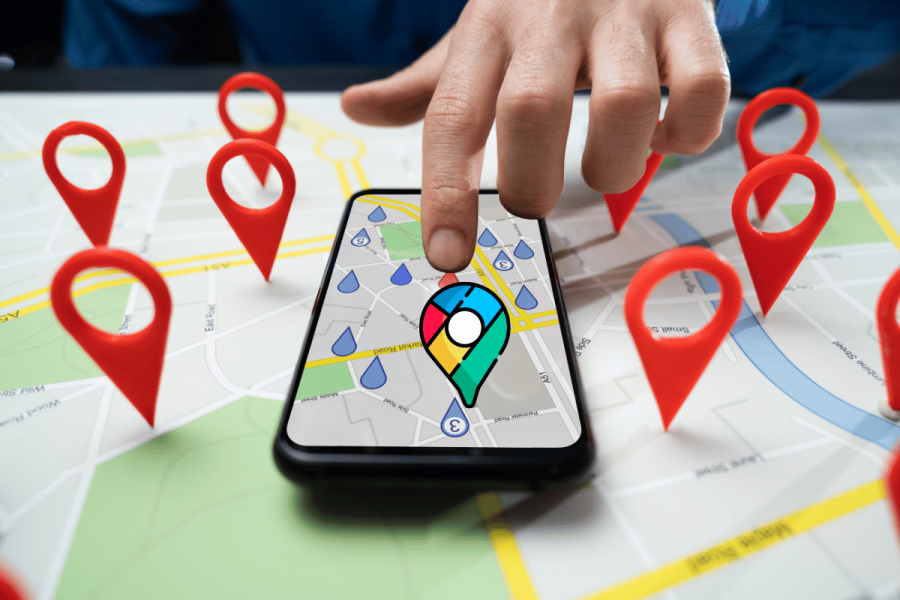The first patient to receive a brain chip from Elon Musk’s Neuralink has put it to the test in an online chess game.
Elon Musk announced in January of this year that the first patient had received their brain chip from his company, Neuralink. Although the patient wasn’t first identified, he has now been named as 29-year-old Noland Arbaugh.
After later updating that Arbaugh had made a good recovery and could already use the chip to move a computer mouse, a video has now been released by Neuralink proving this. The nine-minute clip shows Arbaugh moving a computer mouse across a screen using only his thoughts, enabling him to play chess and turn off the laptop’s music.
— Neuralink (@neuralink) March 20, 2024
Arbaugh himself is paralyzed below the shoulders following a diving accident. The goal of the chip is to allow users with disabilities to use technology to communicate using only their thoughts.
“Imagine if Stephen Hawking could communicate faster than a speed typist or auctioneer,” explained Musk during the launch. “That is the goal.”
How does the Neuralink chip work?
In the video, Arbaugh talks about the process of having the chip implanted, describing the surgery as “super easy” in the short clip shared on X.
“I literally was released from the hospital a day later. I have no cognitive impairments,” he continued.
When showing what he’s able to do using the chip, Arbaugh emphasized the impact it’s had on his life, saying: “I love playing chess and this is just one of the things that y’all have enabled me to do.”
Arbaugh also shared some of the process of getting to this point, implying that he has worked with Neuralink to differentiate between what he refers to as imagined movements and attempted movements. While Arbaugh automatically started off trying to use attempted movements, over time it became instinctive to use imagined movements, which is how the chip works. He likened the action to using the Force from Star Wars on the cursor. You can try out a version of the process for yourself on Neuralink’s website.
Featured image: Neuralink









